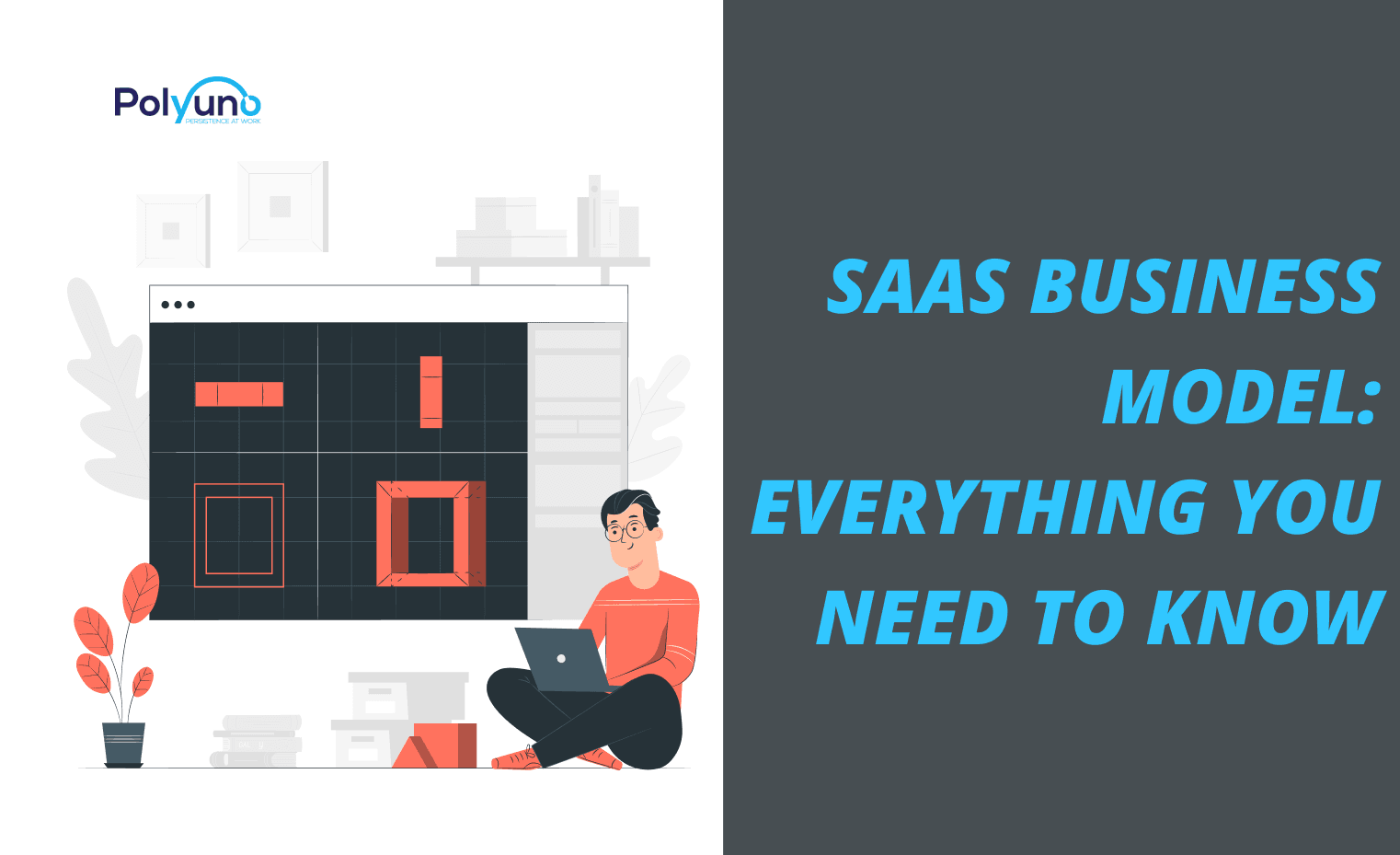
The term SaaS was first coined in 2005 by John Koenig. Since then, it has been one of the digital world's leading and most dynamic industries.

The SaaS field went through two knockout expansion years, which led to more revenue; the aftermath- was a better time for young SaaS companies.
The SaaS business model is inarguably stunningly unique. Furthermore, it underpins all of these activities while it is still in its early stages and is strongly linked to the power of cloud computing. Before you jump into SaaS for your company's betterment, understanding the SaaS model and how it works is crucial.
In this article, we will be discussing-
SaaS stands for Software as a service. It is a delivery model that owns software that is centrally hosted. The customer via subscription plan gets access to its service. Therefore, any company you know with a central and cloud-based system is a SaaS company, i.e., Netflix.

SaaS companies are responsible for the servers, databases and data, and other software enabling their customers to access and use their products.
Since SaaS is a cloud-based service, it allows users to access the Software from any device with an internet connection. SaaS software can have one or more providers; they all work remotely to supply and manage it. The subscription plans offered by any SaaS company are recurring and may differ from one another according to their services.
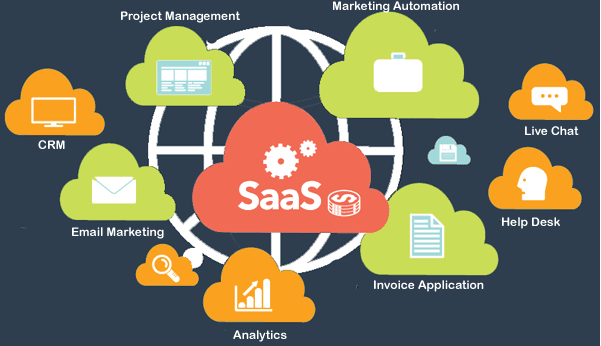
Some popular SaaS business models are:
We all know how installing or downloading Software can harm our devices and expose our data to viruses. But since SaaS is cloud-based, you don’t need to bear the hassle of installing it to get access.
Moreover, since SaaS is less expensive than software offered through conventional pricing models, users are more likely to use the product.

SaaS is developed consistently and can run on the infrastructure of the company. Besides, like installed Software, there is no need to go through an update every time there is a new version. These are why businesses are gravitating towards the SaaS model every day.
Every SaaS model, in its lifetime, goes through three primary stages-
The SaaS model is a win situation for both you and your customers for several reasons:
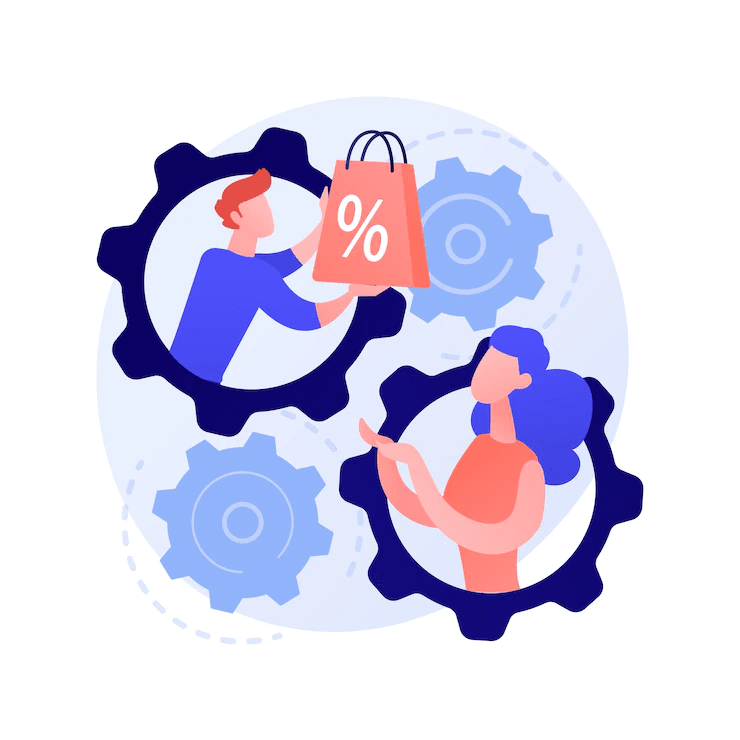
SaaS's business model is sure to appeal to your target audience. Because it is cost-benefit and provides maximum flexibility on usage. Customers experience numerous advantages through SaaS business models-
Conventional Software that requires installment has license fees involved in its pricing. However, SaaS platforms do not charge their customers for such things. The only thing customers pay is the subscription fees.
Besides, it allows users to raise or minimize the expense based on their usage. Furthermore, cloud-based solutions eliminate the infrastructure costs of customers.
SaaS models are incredibly flexible for users. Some of the models' pricing plans are based on usage metrics; therefore, customers only pay for how much they use.
Integrating such a plan into your SaaS pricing plan will be a sure hit because customers can discard a product if it does not meet their needs, making your tool one of their top choices to integrate into their business plan.
Integrating SaaS models is as simple as subscribing with a name and email address. The simple interface allows clients to quickly get a grip over the platform and see immediate gains.
Since SaaS tools can be used anywhere globally, both customers and vendors are adopting SaaS business models. When your customer sees immediate gains, chances are they will stick with your product for a long time.
Downtime is costly for any software service. It becomes inevitable during updates. But not with SaaS. Usually, upgrades in SaaS are done without any downtime.
Like customers, vendors also experience massive benefits through SaaS business models-
The pricing plan of all the SaaS models is usually per user or month. Therefore, it is easier for you to calculate software costs easily. IT budget approval can cause sales friction, which can be avoided by integrating SaaS models.
One of the most significant benefits of the SaaS business model is that it allows for a recurring source of revenue, which makes you the navigator to control churn and increase customer satisfaction.
SaaS models let you update your product consistently. That will assist you in fine-tuning your service to boost client retention while also attracting new customers in the process.
When it comes to on-premise software support, it can be a time-consuming and frustrating process. But SaaS models are so user-friendly that they provide free trials of 7,14, or 30-days. Users can continue with the free trial or upgrade to a premium plan.
SaaS has two practical sales approaches- Low-touch SaaS sales and High-touch SaaS sales. The SaaS sales approach you to integrate with your business defines if your business is fB2B or B2C.
The fascinating thing about SaaS business models is that they can sell themselves. Significant sales channels for SaaS include the SaaS website, emails, and even free trials provided by the Software. Usually, the pricing of this type of SaaS is based on a monthly subscription.
High-touch SaaS utilizes the workforce to convince your potential leads to integrate the Software into their business.
Usually, high-touch SaaS focuses on B2B. However, the efficacy of this approach is dependent on how efficient your sales development representatives (SDRs), account managers (AMs), and account executives (AEs) are.
Usually, marketers lead the sales teams and ensure that the lead funnel is continually replenished with qualified leads to evaluate and close sales. Salesforce can be an excellent example of a high-touch SaaS business.
Data is the lifeblood of SaaS companies, and success in the industry is dependent on how well you keep track of critical metrics, understand their interaction, and figure out how to make them better. Analyzing these five key metrics is necessary to figure out the health and potential of your SaaS business model.
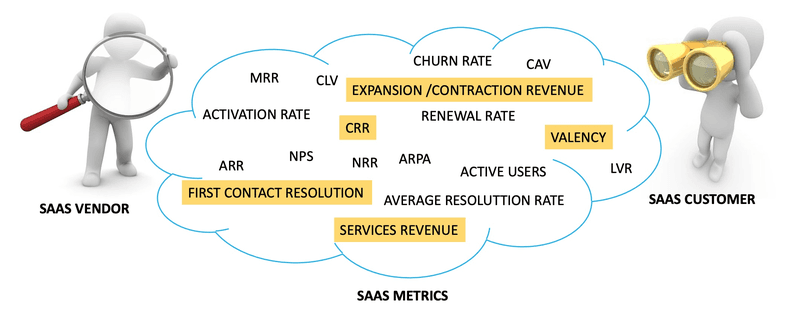
LTV stands for lifetime value. It indicates the total amount you will receive from a client over their account's life span with your Software.
LTV is a crucial SaaS metric, and you should be careful while calculating it. LTV gives you a precise understanding of each customer's monthly worth and the profit gained from each sale.
Customer acquisition cost is the neat cost you spend behind each lead to make them your customer. You read it right. Turning your leads to your customer has its cost. Over time it will be offset by MRR. But that is a matter of time.
To ensure that your LTV can outpace your CAC, you should watch the CAC metric.
You can choose to be conservative with your CAC, but it will lead you to miss great opportunities. On the other hand, being reckless has its cons as well. Therefore, consider the ins and outs of your business before you decide.
MRR stands for monthly recurring revenue, and ARR stands for annual revenue. These two are the heart of the SaaS business model. MRR and ARR help predict the expected revenue of a business on a monthly or yearly basis.
However, according to a survey done by ProfitWell, one out of five SaaS companies made mistakes in MRR in terms of reporting expenses, two out of five were adding trial customers in their MRR, and a significant number were committing mistakes while segmenting monthly, quarterly, and annual payments.
You don't have any excuse to neglect MRR. Although this is not a number that you will show to the Government, however, in the end, this number is vital for you to plot your trajectory. Moreover, the investors get an idea to understand the status of your company from this metric.
Churn rate is a percentage of the clients who discontinue using the service during a specified period. Therefore, this is a nightmare for any business representative. Even a slight increase in churn rate extremely hampers your business's progress.
Even when all of the other KPIs of a company is in good shape, the churn rate can be disastrous. Knowing the causes of your customer churn rate and how you may lower it could not be more critical in the SaaS industry.
Keeping consumers is the cornerstone for growth in subscription-based services; churn is the other side of retention. Keeping retention high is just as crucial for development in SaaS business models as keeping churn low.
Like MRR, companies have a common tendency to mismeasure the retention rate. Both these metrics should be correct and measured very carefully because these two metrics let you understand the effect of your Software, marketing, customer service, pricing, and the sustainability of your Software.
When calculating retention rate, it's possible that you're not making a distinction between different customer life-cycle stages or between other plans that your customers are enrolled in. It's safe to say that your retention-rate estimations are highly likely to go incorrect. Precisely, a lot might go wrong while calculating the retention rates.
Like everything else, SaaS has its cons as well. For example-
SaaS models provide endless opportunities to both vendors and consumers. Therefore, people rapidly adopt this model, and this adoption will grow every day. In conjunction with market demand and competition, you must keep an eye out for the dynamics of the SaaS sector and strive to give creative solutions and value to your clients.
That being said, PolyUno is the ultimate solution for all your cloud-based infrastructure needs.
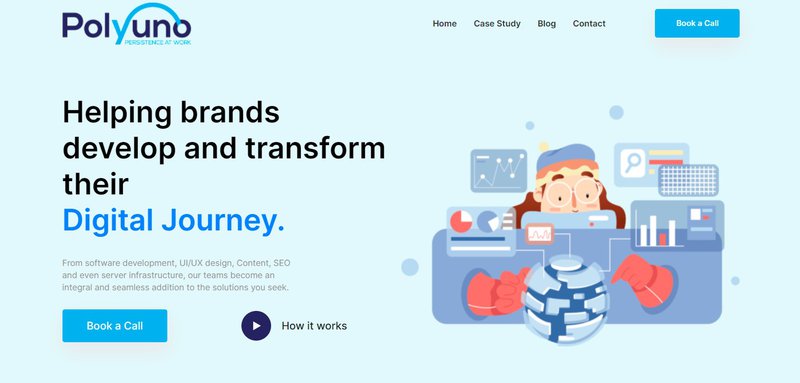
Moreover, we are a full-stack agency providing digital marketing services, SEO solutions, content, software, mobile app development, and more!
Book a call today to know more!
A customer cannot easily migrate between two services due to some imposed conditions. These conditions include data migration or integration of proprietary technologies and data types of some particular apps.
The Software as a Service or (SaaS) revenue model is based on frequent and continuous payments for the use of Software or other digital products and tools. The payments are made over a particular time frame, with the most frequent being monthly and annually.